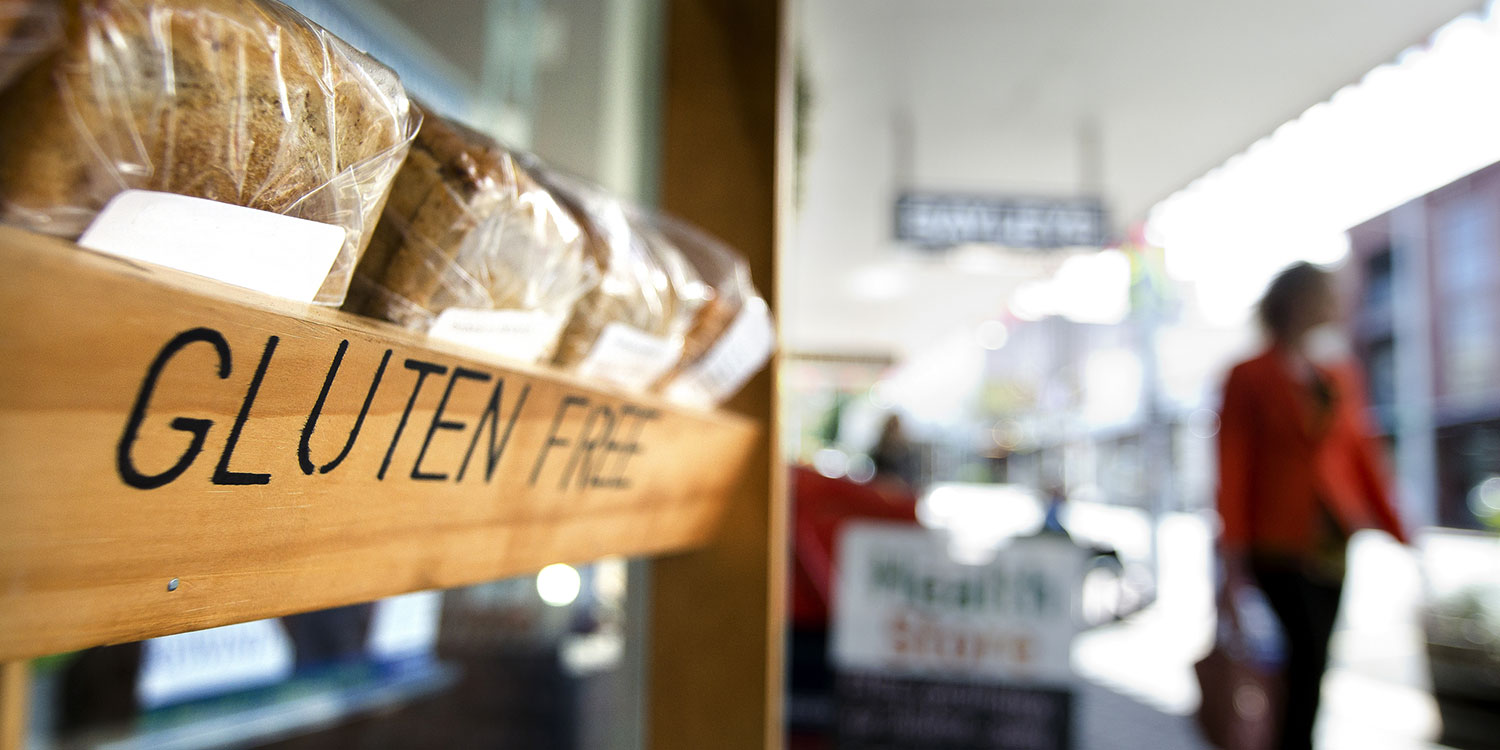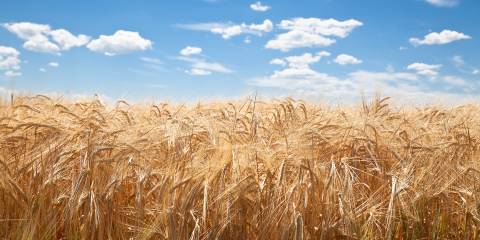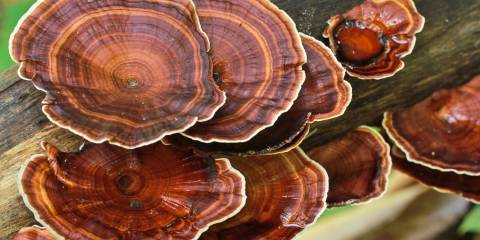Gluten-free foods are generating a lot of buzz. Here are several frequently asked questions.
What is Gluten?
Gluten is a general term used for one of the proteins found in wheat, rye, and barley as well as grains related to wheat.
Why Go Gluten-Free?
It’s estimated that at least 1 in 133 Americans can’t digest gluten. Improper digestion of this protein triggers an immune response that damages the lining of the small intestine.
This condition is known as celiac disease, and it interferes with nutrient absorption, putting those with celiac disease at risk for anemia, bone disease, and other health problems. Others—as many as 1 in 7 people—have “gluten sensitivity,” or wheat intolerance.
What Symptoms Do These Conditions Cause?
Although they vary, symptoms can include abdominal pain, bloating, diarrhea and/or constipation, an itchy rash, canker sores, bone or joint pain, fatigue, depression, and even infertility.
If you suspect you have a gluten or wheat intolerance or celiac disease, eliminate wheat, barley, and rye from your diet for a few weeks and see if symptoms improve. Check with your healthcare provider for testing options.
Are These New Diseases?
They aren’t new, but more people are being diagnosed, maybe because there’s more gluten in many products today than previously. We’re eating more processed foods, and that means greater gluten intake too.
One study found that modern wheat breeding practices might also be related to the increase in celiac disease and gluten sensitivity.
How Are They Diagnosed?
A simple blood or saliva test can show high levels of antibodies typical of celiac.
If these are present, a doctor may recommend a biopsy that can show damage to the intestinal lining. Switching to a lifelong gluten-free diet is currently the only effective treatment.
Avoiding Gluten in Foods
Isn’t Gluten Just in Bread Products?
No. Many processed foods contain gluten—including items you wouldn’t suspect, like candy, chips, bouillon cubes, gravy, soy sauce, baked beans, and salad dressing!
So What Foods Don’t Have Gluten?
Whole fruits and vegetables are naturally gluten free, as are brown rice, buckwheat, cornmeal, popcorn, quinoa, and wild rice (which is really a kind of grass), as well as oats that have been certified “gluten free.”
Some of the flours for baking that don’t contain gluten include buckwheat, garbanzo, millet, rice, and sorghum.




